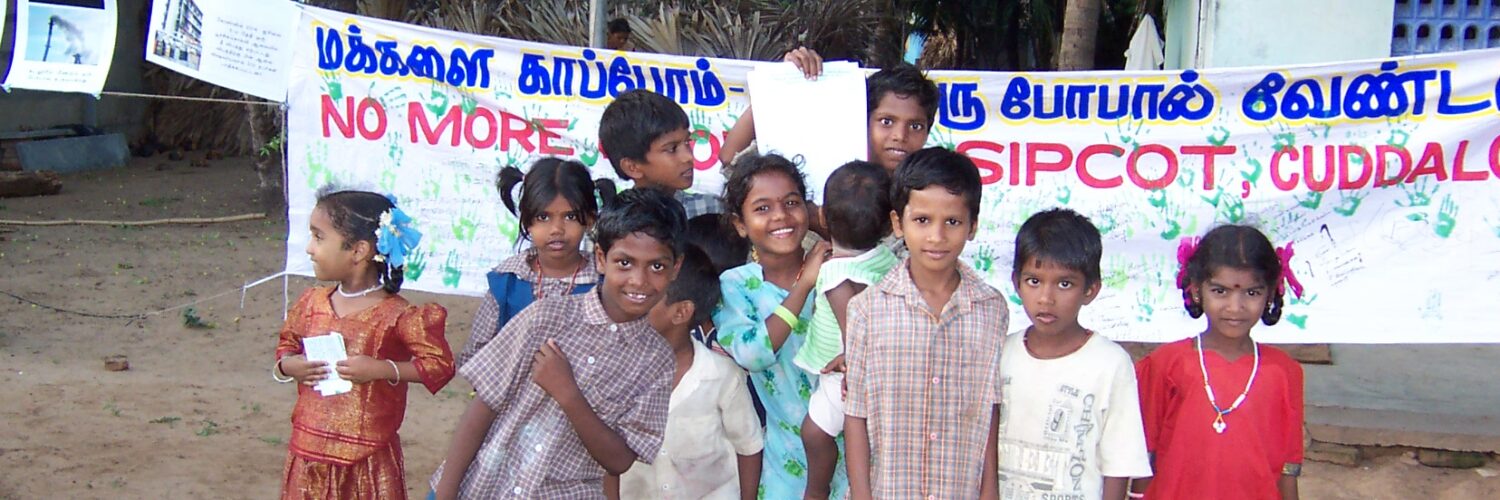8 March 2012
Ambika Sharma
The Tribune
Baddi, March 7 Concerned over the issue of toxicity and varying nature of the effluents let-off by various industrial units in the Baddi-Barotiwala industrial area by the 990 industries, a local NGO Himparivesh today expressed concern whether the Rs 56.80-crore Common Effluent Treatment Plant (CETP) being set up under the Public-Private-Partnership mode would address this critical issue effectively.
While raising objections during the plants public hearing at Kainduwala village, near Baddi, members of the NGO, including president Jagjit Singh Dhukhiya, general secretary Balkrishen and others said the Central Pollution Control Board (CPCB) itself had raised concerns on this issue in its reports on the CETP and the Environment Impact Assessment (EIA) report provides no measures to address it.
Since the CETP was unable to treat effluents of varying nature and violations at the inlet stage were rampant as units let-out untreated effluents, the NGO was concerned how this crucial issue would be addressed.
Balkrishen also raised concerns about the mode of transporting the waste water through tankers as the CPCB itself had recommended not to use this mode in the new CETP after its earlier experience was not found foolproof.
Locals also expressed concern at the non-availability of the EIA report in time, adding that they had little time to study it in detail.
The NGO has advocated the need for community monitoring of the proposed CETP and industrial units as the poorly regulated units had made a mess of the environment with the Comprehensive Environment Pollution Index being rated at almost 70 and the abysmally low level of dissolved oxygen and high toxic e-coli levels failing to support the aquatic life.
The NGO said since the CETP would be constructed within 18 months, no new industrial unit should come up in the area till then as it would further add to the pollution woes. This was more so as the board had failed to effectively monitor the pollution in the area.
Concern has also been expressed about the lack of the CETP sludge disposal mechanism as NGO members feared this would create a mess elsewhere thus further polluting the Sirsa river.
Though the EIA report mentions that sludge would be applied as fertiliser to the land or sent to the Shivalik Solid Waste Management Plant, no information on its facility and capacity to accept such waste had been mentioned in the EIA.
Chairman of the CETP committee Deputy Commissioner C Palrasu, Nalagarh SDM Shubhkaran Singh, SE of the State Pollution Control Board Chetan Joshi, the range forest officer and CEO of the Baddi Infrastructure, the executing agency, Keshav Chandel, were among those present.
